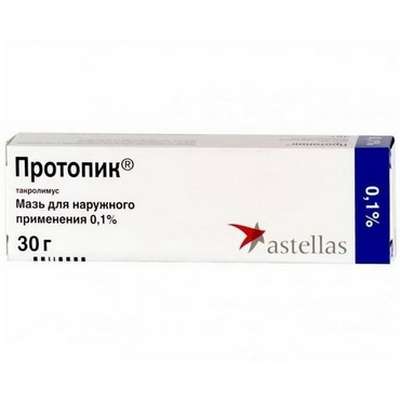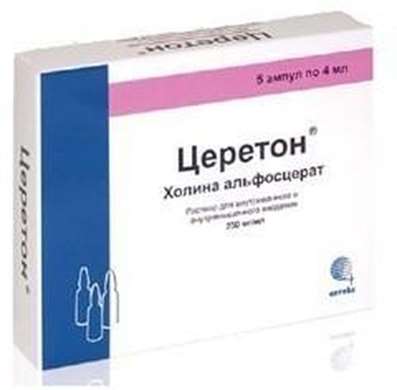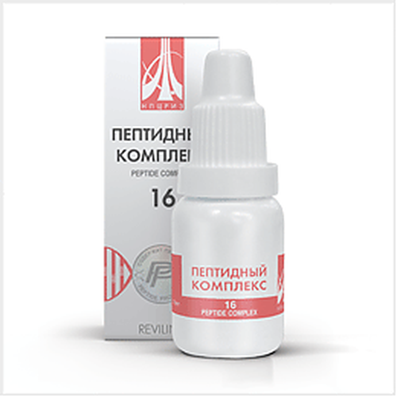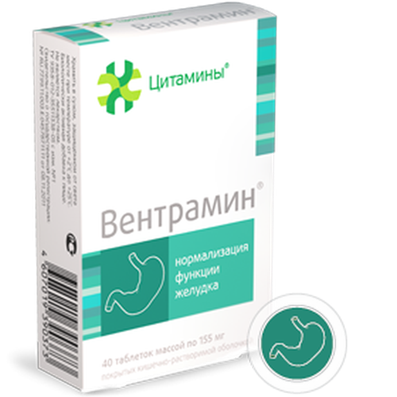Instruction for use: Relief Pro
I want this, give me price
Active substance Fluocortolone + Lidocaine
ATX code C05AX03 Preparations for the treatment of hemorrhoids and anal fissures in combination
Pharmacological group
Glucocorticosteroids in combinations
Nosological classification (ICD-10)
I84 Hemorrhoids
Painful hemorrhoids, External hemorrhoids, Internal hemorrhoids, Inflammation of hemorrhoids, Aggravation of hemorrhoids, Chronic bleeding hemorrhoids, Acute hemorrhoidal attack
K62.8.1 * Proctitis
Atrophic proctitis, Anusitis
L29.0 anus Itching
Anal eczema, Anal itching, anogenital pruritus, Dermatitis and eczema in the anal area, Perianal dermatitis, anal Itching, Itching anogenital, Itching anorectal, Itching in the genital area and the anus, Itching in the anus, Eczema anal area, perianal dermatitis
L30.9 Dermatitis, unspecified
Allergic dermatoses complicated by a secondary bacterial infection, Anal eczema, Bacterial maturation, Varicose Eczema, Venous dermatitis, Inflammation of the skin, Inflammation of the skin upon contact with plants, Inflammatory Skin Diseases, Inflammatory skin reactions, Inflammatory processes of the skin, Hypostatic dermatitis, Fungal Eczema, Fungal dermatosis, Dermatitis, Dermatitis is stagnant, Dermatitis and eczema in the anal area, Dermatitis acute contact, Perianal dermatitis, Dermatosis, Dermatosis of the scalp, Dermatosis of psoriasis, Dermatosis with persistent itching, Dermatoses, Dermatoses itchy, Other itching dermatoses, Significant eczematous manifestations, Itching with, dermatoses, Itching eczema, True eczema, Skin reaction to insect bites,Skin itching with dermatosis, Constitutional eczema, Weeping eczema, Drowsing inflammatory skin disease, Dying Infectious-Inflammatory Skin Disease, Non-allergic dermatitis, Nummular eczema, Acute contact eczema, Acute inflammatory skin disease, Acute dermatosis, Acute severe dermatosis, Perianal dermatitis, Superficial dermatosis, Subacute Contact Eczema, Simple dermatitis, Occupational dermatitis, Psychogenic dermatosis, Bubble dermatitis of newborns, Pustular eruptions, Irritation and redness of the skin, Low-flammable eczema, Dry atrophic eczema, Dry eczema, Toxic dermatitis, Ear eczema like dermatitis, Chronic eczema, Chronic dermatosis, Chronic common dermatosis, Scaly papular dermatosis, Eczema, Eczema anal region, Eczema of the hands, Eczema Contact, Eczema lichenized, Eczema Nummular, Eczema acute, Eczema acute contact, Eczema subacute, Eczematous dermatitis, Eczema-like rashes, Ecome exogenous, Endogenous eczema, Gluteal dermatitis, Restricted itchy dermatitis
Composition
Cream rectal 1 g
Active substances:
Fluocortolone pivalate 1 mg
Lidocaine hydrochloride (in terms of anhydrous substance) 20 mg
Auxiliary substances: sodium hydrophosphate dodecahydrate - 0,7 mg; Disodium edetate - 1 mg; Sodium dihydrogen phosphate dihydrate 4.5 mg; Benzyl alcohol - 5 mg; Sorbitan stearate - 10 mg; Polysorbate 60 - 35 mg; Cetostearyl alcohol - 60 mg; Paraffin liquid - 90 mg; White petrolatum - 100 mg; Purified water - 672.8 mg
Suppositories rectal 1 supp.
Active substances:
Fluocortolone pivalate 1 mg
Lidocaine hydrochloride (in terms of anhydrous substance) 40 mg
Auxiliary substances: fat solid (Witepsol W35) - 1775 mg
Description of dosage form
Cream: white opaque.
Suppositories: yellowish-white color torpedo-shaped with a smooth surface.
pharmachologic effect
Pharmacological action - local anesthetic, glucocorticoid, anti-inflammatory local.
Pharmacodynamics
Fluocortolone
Fluocortolone, when exposed to the skin, prevents the accumulation of neutrophils, leads to a decrease in the lymphokine content and inhibition of migration of macrophages, contributing to a reduction in the processes of infiltration, exudation and granulation.
Fluorocortolone suppresses inflammatory and allergic skin reactions and relieves itching, burning and pain; Reduces dilatation of capillaries, interstitial edema and tissue infiltration.
Lidocaine
Lidocaine is a local anesthetic; Anesthesia is achieved by suppressing the formation and carrying out of nerve impulses along afferent nerve fibers by depolarizing the sodium channels.
Pharmacokinetics
Local therapeutic effect is achieved with a low level of active components in the blood plasma.
Fluocortolone
After a single rectal application, 1 g of cream or 1 supp. The absorption of GCS was at most 5% of the applied or administered amount of the drug.
In the period of daily administration of 2 soups. 3 times a day for 4 weeks the content of fluocortolone in the blood plasma did not reach the level that exerts systemic influence.
Fluorocortolone pivalate is hydrolyzed by esterases, enzymes of the inflammation focus, with the formation of fluocortolone, 11-ketofluocortolone and trimethylacetic acid. T1 / 2 from the plasma of fluocortolone and its metabolites after rectal administration were approximately 1.3 and 4 hours, respectively. Fluorocortolone is excreted from the body in the form of metabolites mainly with urine.
Lidocaine
The absorption and bioavailability of lidocaine following rectal administration of the cream or suppository is about 30% and 24%, respectively. T1 / 2 lidocaine from the blood plasma is 1-2 hours. In the human body, lidocaine is metabolized by oxidative N-dealkylation, hydrolysis of the amide bond and hydroxylation of the aromatic ring to form 4-hydroxy-2,6-xylidine, which is the main metabolite, with 70% of the drug in the form of this metabolite.
Indications
hemorrhoids;
Proctitis;
Eczema in the anus (rectal cream).
Contraindications
Hypersensitivity to the components of the drug;
Tuberculosis and syphilitic process in the field of drug application;
Viral diseases (eg chicken pox, vaccination reaction, shingles) in the area of application of the drug;
Treatment of children and adolescents due to the lack of data on clinical trials;
I trimester of pregnancy.
pregnancy and lactation
A number of epidemiological studies suggest a possible increased risk of development of the wolf mouth in newborns whose mothers received SCS inside the first trimester of pregnancy. Data on the use of local GCS during pregnancy is not sufficiently accumulated, but in this case the likelihood of adverse effects is very low due to the minimal bioavailability of GCS in topical application. Relief® Pro cream and suppositories should be administered with caution to pregnant women. When appointing pregnant and lactating women, it is necessary to compare the expected benefit of treatment for the mother with a possible risk to the fetus and the baby.
When prescribed by a doctor during pregnancy and lactation, the drug should be used for a short time.
Side effects
With prolonged treatment with both cream and Supposh Pro suppositories (more than 4 weeks), there is a risk of developing local skin changes, such as atrophy, striae or telangiectasia.
Cream rectal: burning - 1-10%; Rarely - irritation and allergic reactions.
Suppositories rectal: burning - 1-10%; Rarely - irritation and allergic reactions (0.1-1%).
Interaction
Patients receiving antiarrhythmic drugs should use lidocaine with caution. With the simultaneous use of lidocaine with antiarrhythmic drugs, the QT interval may be prolonged and in very rare cases - the development of AV block or ventricular fibrillation.
Dosing and Administration
Relief® Pro is recommended after defecation. Before using the drug should be hygiene anus (anus).
The duration of treatment should not exceed 2 weeks.
Rectal cream
Rectal cream should be applied twice a day: morning and evening. In the first days of treatment, the cream can be applied 3 times a day. As relief of symptoms often enough, one application per day is enough. Pressing on the finger a small amount of cream (about the size of a pea), you need to lubricate the area around the anus and inside the anal ring. To overcome the resistance of the sphincter, you need to apply the cream with the tip of your finger. To inject the cream into the rectum, the attached applicator should be screwed onto the tube and inserted into the anus. Then, lightly pressing the tube, squeeze a small amount of cream into the rectum.
Rectal suppositories
For 1 dose. Injected deep into the anus 2 times a day, in the morning and in the evening, however, in the severe form of the disease, the first 3 days are administered 1 supp. 3 times a day. With stable improvement in many cases, it is enough to administer 1 soup / day or every other day. However, when it is highly inflamed, and consequently painful, hemorrhoids, it is recommended to begin treatment with a cream. The protruding hemorrhoids should be greased with a lot of cream, gently back with your finger.
Overdose
In case of accidental ingestion of the drug inside (for example, if several grams of cream or more than one suppository are swallowed), the most severe dose-related symptoms can arise from CCC (heart function depression, cardiac arrest) and CNS (convulsions, respiratory depression, respiratory arrest).
special instructions
In the presence of fungal infections in addition to Relief® Pro, appropriate antifungal therapy is required. It is necessary to avoid getting the drug Relief ® Pro inside or contact with the eyes. After applying the cream, we recommend that you wash your hands thoroughly.
Influence on the ability to drive and machinery. Not found.
Form of issue
Rectal cream. In an aluminum tube sealed with a membrane, with a screw cap, for 10, 15, 30 or 50 g. Tube with an applicator in a cardboard bundle.
Suppositories rectal. In a strip of aluminum foil, laminated LDPE (inner layer), 5 or 6 supp .; 1 or 2 strips in a cardboard bundle.
Terms of leave from pharmacies
On prescription.
Storage conditions
At a temperature not exceeding 30 ° C.
Keep out of the reach of children.
Shelf-life
Rectal cream 1 mg + 20 mg / g 1 mg + 20 - 3 years.
Suppositories rectal 1 mg + 40 mg 1 mg + 40 - 4 years.
Do not use after the expiry date printed on the package.

 Cart
Cart





